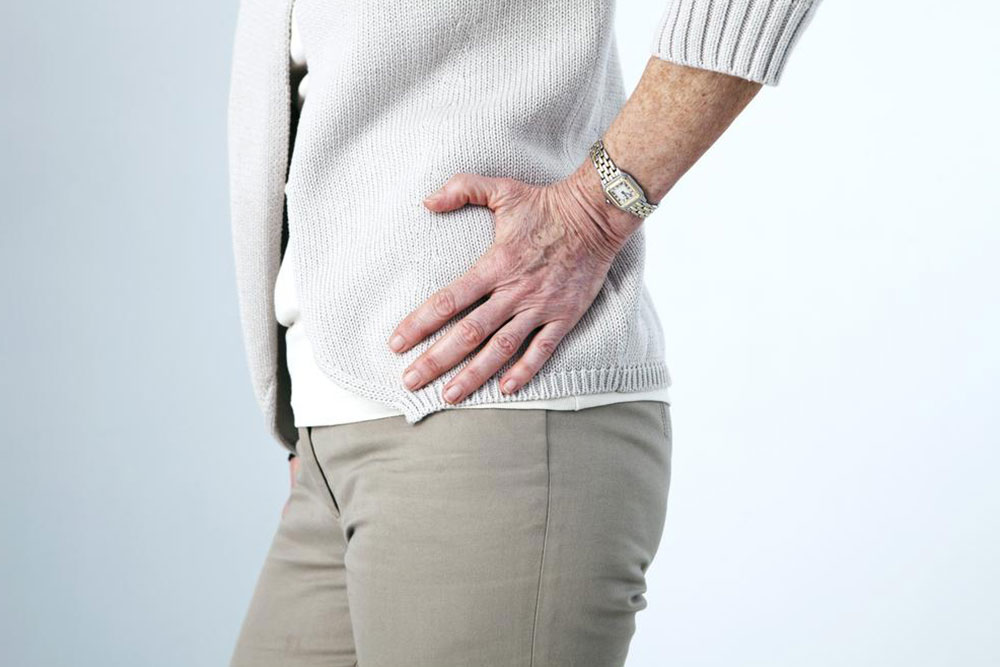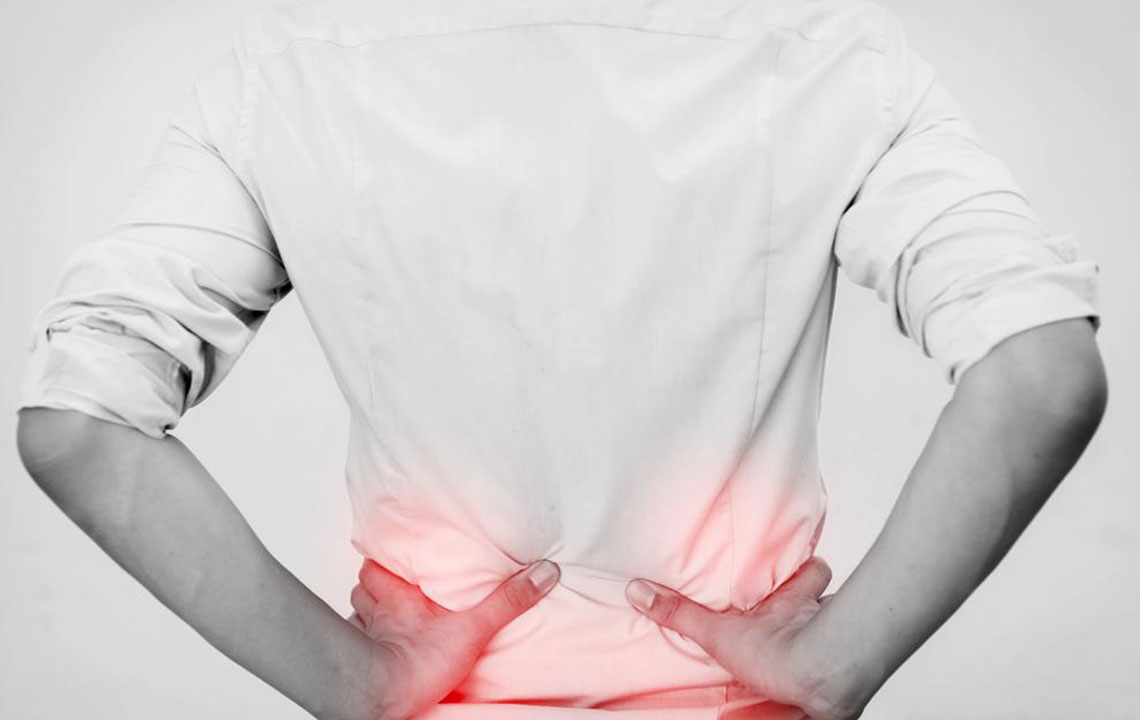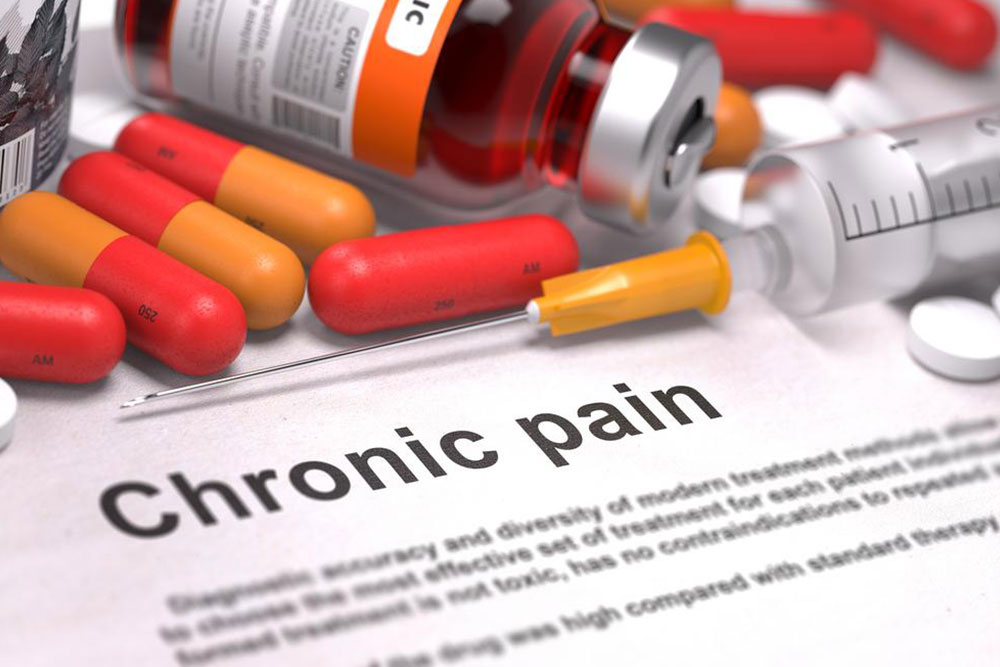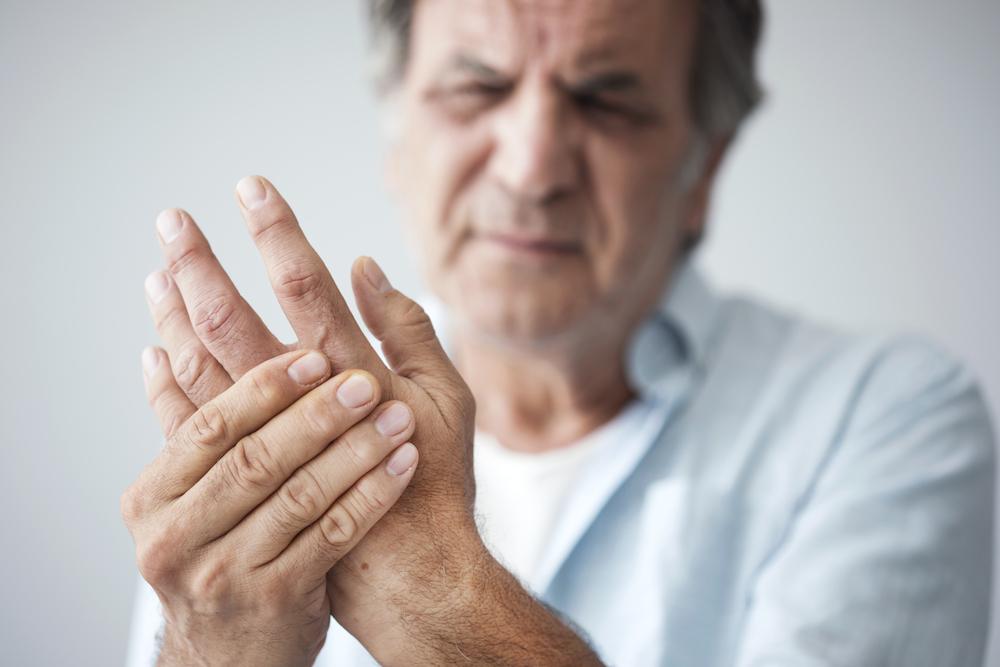Comprehensive Guide to Alleviating Hip Discomfort and Improving Mobility
This comprehensive guide offers valuable insights into managing hip discomfort through accurate diagnosis, medical treatments, tailored physical activities, and lifestyle modifications. It provides practical strategies to alleviate pain, improve joint health, and enhance mobility, helping individuals regain their quality of life and prevent long-term complications. Whether caused by injury, degenerative disease, or overuse, effective management is within reach with professional guidance and self-care.

Comprehensive Guide to Alleviating Hip Discomfort and Improving Mobility
Hip discomfort is a common issue that affects a diverse population, spanning all ages and lifestyles. Whether caused by injuries, degenerative conditions, overexertion, or the natural aging process, hip pain can significantly impair daily activities, limit mobility, and reduce overall quality of life. Fortunately, with a thorough understanding of its causes and appropriate intervention strategies, most individuals can effectively manage and alleviate their hip discomfort.
In this extensive guide, we will explore proven methods and practical tips to relieve hip pain. We will discuss the importance of accurate diagnosis, the role of medical treatments, effective physical activities, and necessary lifestyle modifications. This comprehensive approach aims to empower you with knowledge and actionable steps to improve hip health and regain mobility.
Understanding the Causes of Hip Discomfort
Before embarking on treatment, it’s essential to identify the root cause of hip discomfort. Common causes include:
Injuries: Sprains, strains, fractures, or dislocations resulting from accidents or falls can result in acute hip pain.
Degenerative Diseases: Osteoarthritis, a leading cause of chronic hip pain, involves cartilage deterioration, leading to joint stiffness and discomfort.
Inflammatory Conditions: Tendinitis, bursitis, and IT band syndrome cause inflammation in the hip area, contributing to pain and swelling.
Nerve Impingements: Conditions like sciatica involve nerve compression that radiates pain down the leg.
Other Factors: Obesity, overuse, poor biomechanics, and aging can also play significant roles in hip discomfort.
Consulting Healthcare Professionals for Accurate Diagnosis
Because the causes of hip pain vary widely, obtaining a comprehensive diagnosis from a qualified healthcare provider is crucial. Medical professionals may utilize physical examinations, imaging tests such as X-rays, MRI scans, or blood tests to determine the exact origin of discomfort. An accurate diagnosis ensures that treatment strategies are targeted effectively, reducing the risk of prolonged or worsening symptoms.
Medical Interventions and Medications
Once diagnosed, your healthcare provider might recommend a range of treatments. For inflammation and pain relief, NSAIDs (non-steroidal anti-inflammatory drugs) are commonly prescribed. In cases of severe damage or degenerative conditions, corticosteroid injections may offer relief.
For persistent or severe cases that do not respond to conservative measures, surgical options such as hip arthroscopy or hip replacement surgery might be necessary. It’s vital to discuss all options with your doctor to determine the most appropriate course of action, tailored to your specific condition and lifestyle.
Engaging in Targeted Physical Activities
Physical activity plays a key role in both preventing and mitigating hip pain. However, it’s important to approach exercise cautiously and gradually increase intensity. Starting with low-impact activities reduces stress on the joints and facilitates healing.
Swimming and Water Exercises: These activities provide effective resistance while minimizing joint stress, promoting flexibility and strengthening supporting muscles around the hip.
Gentle Yoga and Stretching: Focused yoga poses and stretching routines can improve flexibility, reduce stiffness, and relieve muscle tightness that contributes to pain.
Physical Therapy: Working with a physiotherapist can help develop customized exercise programs that address your specific needs, correct improper movements, and improve joint stability.
If you experience worsening pain or no improvement after engaging in these activities, it is essential to seek professional medical advice promptly. Avoid strenuous or high-impact exercises unless cleared by a healthcare provider.
Lifestyle and Behavioral Adjustments for Continuous Relief
In addition to medical treatments and physical exercises, lifestyle modifications significantly contribute to managing hip discomfort. Maintaining a healthy weight reduces pressure on the hip joints, especially important for those with osteoarthritis or increased body weight. Adopting a balanced diet rich in anti-inflammatory foods supports joint health.
Furthermore, modifying daily habits can prevent aggravation of pain. Use ergonomic furniture and avoid prolonged fixed positions, especially sitting or standing for long periods. When lifting objects, use proper techniques to prevent unnecessary strain. Incorporating regular breaks and movements during sedentary activities can improve circulation and reduce stiffness.
Recognizing Signs of Chronic or Worsening Hip Pain
While many cases of hip discomfort improve with conservative care, some symptoms may indicate a more serious or chronic issue. Persistent pain that interferes with sleep, limits mobility, or worsens over time warrants urgent medical attention. Ignoring these signs can lead to joint damage or additional complications.
Early intervention is essential for better outcomes, whether through medication adjustments, physical therapy, or surgical options. Preventative measures, combined with professional guidance, can help maintain hip function and prevent future morbidity.
Final Thoughts: Empowering Yourself for Better Hip Health
Managing hip pain involves a multidisciplinary approach that includes proper diagnosis, medical treatments, targeted exercises, and lifestyle changes. Being proactive and informed about your condition allows you to make decisions that support healing and mobility. Remember, most cases of hip discomfort respond well to conservative care, but persistent or severe symptoms should never be ignored. Consulting healthcare professionals remains essential for tailored treatment and long-term joint health preservation.





